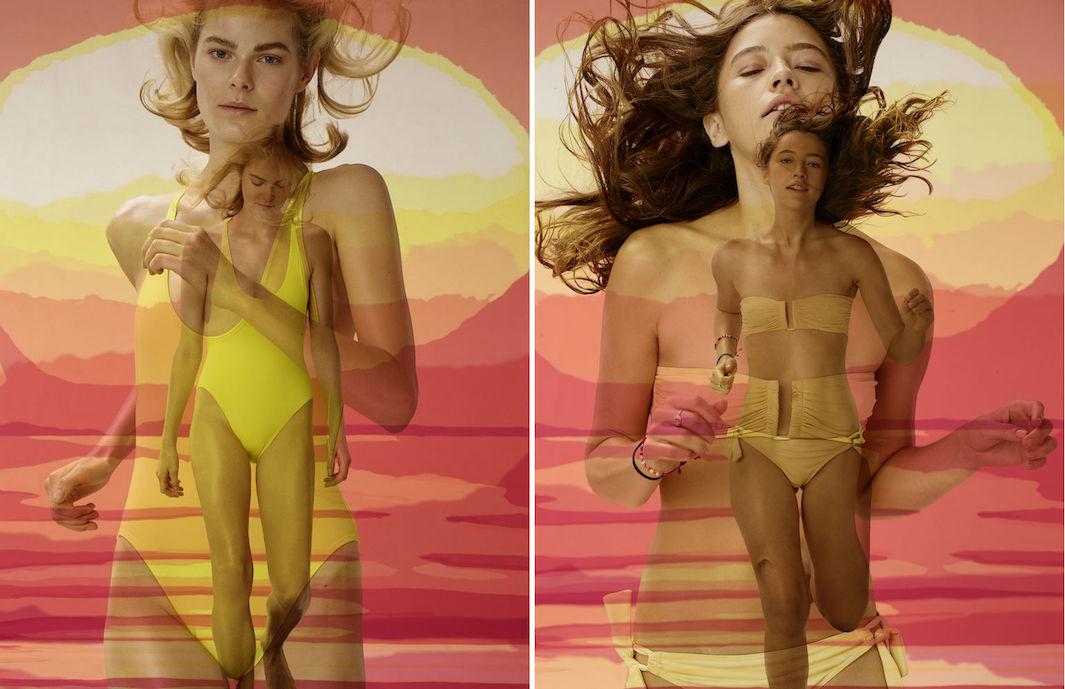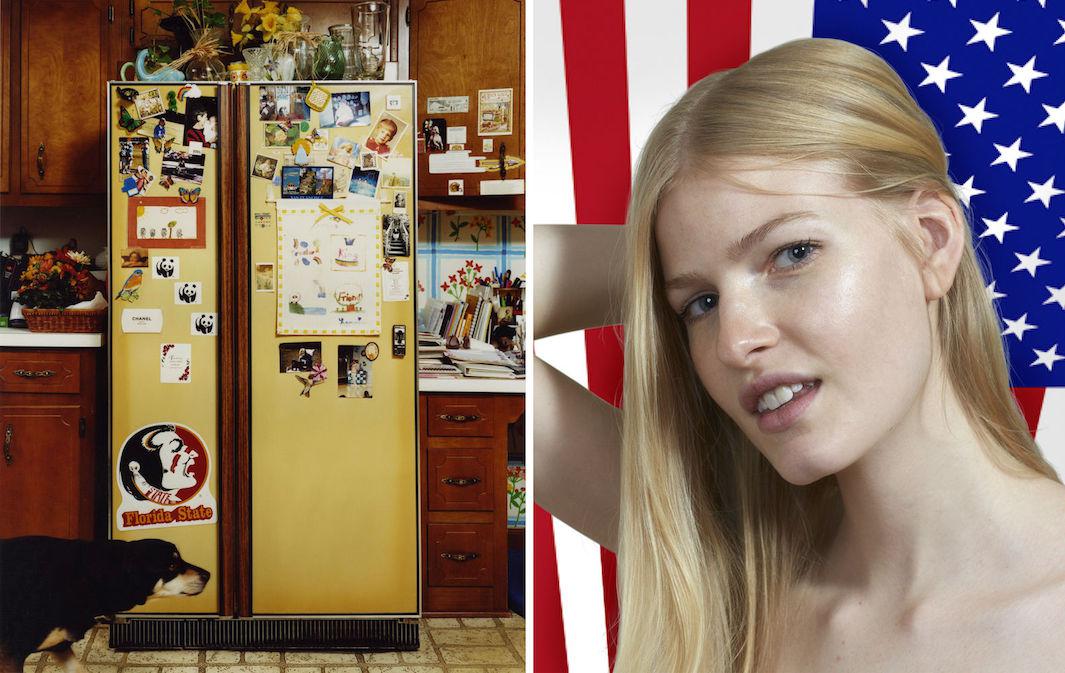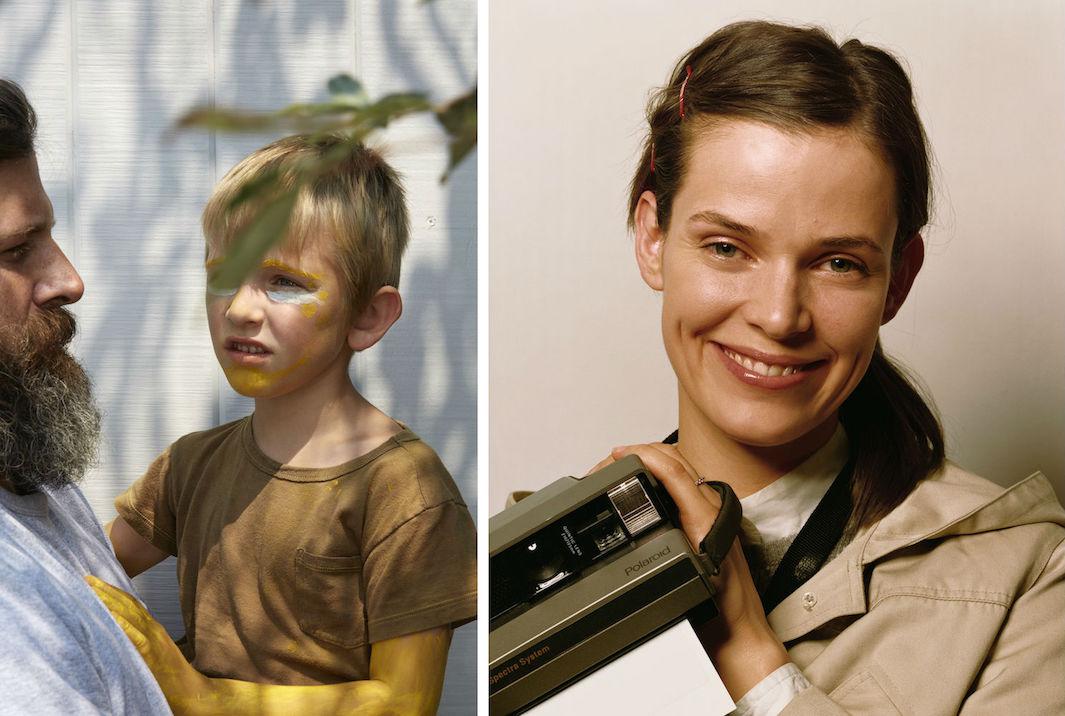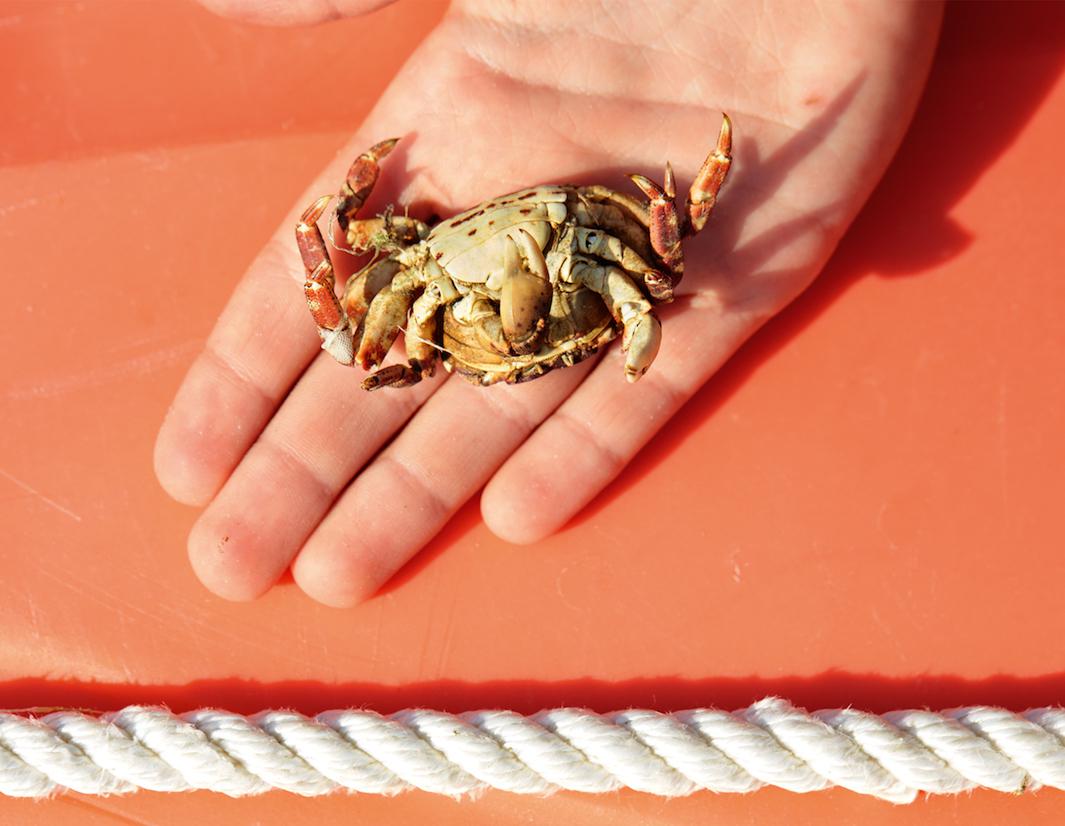Roe Ethridge takes artistic and editorial conventions and turns them upside down.
In Ethridge’s practice, commercial work becomes artistic, and personal work looks commercial. Photographs of himself and his family are marked by the slick lighting and glossy finish more commonly found in magazines. His photographs for newspapers and corporate clients, meanwhile, are unusually intimate, and they often end up hanging in his art shows. Frequently, he digitally manipulates found professional images into something altogether messier and more interesting.
The results are often wryly humorous and sometimes uncomfortable, but they undoubtedly speak to the contradictions and ambiguities of visual culture in the 21st century. His work is on display from Oct. 7 to March 12 at Cincinnati’s Contemporary Arts Center in the exhibition “Roe Ethridge: Nearest Neighbor,” as part of the FotoFocus Biennial.*
“There’s always been a divide between art and commercial photography. That’s the one thing people have grappled with in the past. If you were an art photographer, you did the commercial part secretly. Roe’s headed right into the middle of all that,” said Kevin Moore, the exhibition’s curator.

Copyright Roe Ethridge

Copyright Roe Ethridge

Copyright Roe Ethridge

Copyright Roe Ethridge
Ethridge has been toying with ideas of taste and authenticity since the 1990s. Today, Moore said, his work is particularly resonant in an age in which photography is democratized and the means of sharing personal memories and experiences have become inextricably linked with commerce.
“We can now all make our lives look like a magazine spread. Your family pictures, your family album used to look quite different from the Sears catalogue. Roe sees these things are very close together, and he’s interested in exploring the line that’s been increasingly blurred between those two worlds,” Moore said.
The photographs chosen for the exhibition, Moore said, frequently depict familiar, happy domestic scenes, but in a subversive style that feels unfamiliar and slightly dark. In one photograph, Ethridge shows a stylized yet utterly unstylish Thanksgiving dinner spread, which he said was based on a memory of a holiday celebration he attended in Atlanta in 1984. In another that comes across as a kind of noir advertisement, he shows a Durango, in his view the stereotypical soccer mom car, halfway submerged in a canal.
Ethridge’s own family is often his subject. In one photo, his wife, Nancy Hagen, mimics a Polaroid ad from the 1960s that Ethridge found in an old issue of National Geographic. In another, Ethridge is seen holding his son Auggie outside a house they were staying at on Shelter Island, New York. The photo, he said, is personal, but he wanted it to looks like a stock photograph.
“They had a kind of inventory of Americana at this house. In some ways, it felt like the vision of the American suburban ideal that I think my parents wanted to project out to the world,” he said. “And so in that particular picture, I was interested in my son as Auggie, as my son, but also as a sort of archetype of a boy.”

Copyright Roe Ethridge

Copyright Roe Ethridge
Correction, Sept. 28, 2016: This post originally misstated the exhibition’s start date. It’s Oct. 7, not Oct. 1.
